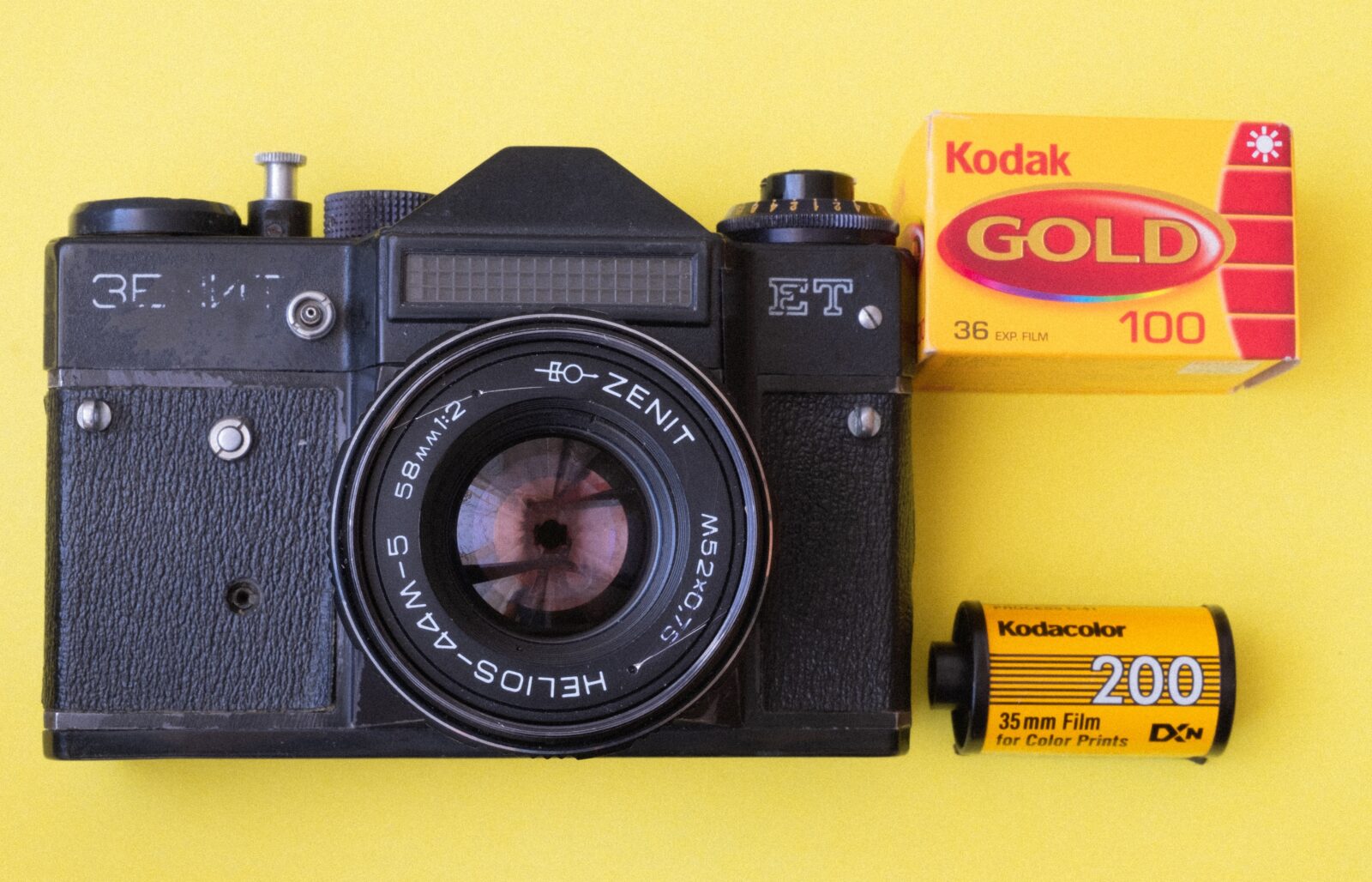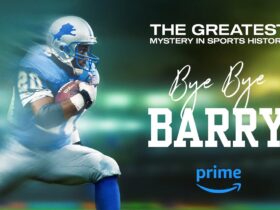You are your brand. Your company is only as good as your brand reputation. Businesses talk often about the importance of brand awareness. A significant number of companies have exceeded expectations regarding how they’ve built a “household name.” Unfortunately, there are just as many that built and established their brand but ultimately forgot what put them on the map.
Maintaining a brand is, in many ways, just as important as creating one. But, there are also plenty of examples of businesses that thought that changing a logo or a slogan represented upkeep. It doesn’t. Your reputation and performance enhance the visual brand, not the other way around. Brand stars like McDonald’s, Coke, UPS (who managed to co-opt the color brown), Google, Apple and Nike are constantly tweaking their image and product lines to remain relevant and in the national/global consciousness.
Unbelievably, nearly nine out of ten Fortune 500 firms that existed in 1955 have either gone bankrupt, been swept up by mergers at cents on the dollar or live in name only. Here are some examples of formerly powerful brands that failed to understand the need to change with the times and lost their way.
Polaroid and Kodak
Until the early 2000s, this country bought Kodak film and loved taking “Polaroids” to capture those important moments of life and family. But with the introduction of cell phones and their rapidly increasing photo capabilities, how did these household name companies not see this innovation coming?
Since 1937, Polaroid had stood alone in the “instant photo” category with no competitors. But digital photos came along and killed their business as they passively let it happen. They dozed off and ultimately filed for bankruptcy in 2001, with their brand sold off for nostalgia.
Kodak also fell hard with the emergence of the digital world and failed to invest into the new technology to keep pace. They were so worried about competing against their own film business that they failed to recognize that digital options had forever changed the landscape. The last straw was when the company tried to introduce some very poorly produced printers. Whenever I think of The Office episodes when the fictional Sabre bought the paper company Dunder Mifflin and began selling faulty and smoke-inducing printers, Kodak immediately comes to mind. Kodak also eventually filed for bankruptcy in 2012 before starting a small business that served commercial customers with what is called the Kodak Prosper Ultra 520 Press. Have you heard of this? I didn’t think so.
Toys “R” Us
My head still rattles when I see the Toys “R” Us logo and think of the exceedingly annoying, but effective “I’m a Toys “R” Us Kid” jingle. But we all remember it, right? Once one of the world’s largest toy store chains, the company was felled by online retailers like Amazon even though they initially participated with them. The company signed a 10-year exclusive vendor agreement with Amazon, but “exclusive” didn’t mean much to the behemoth online store. When Amazon began allowing other toy vendors on the site, Toys “R” Us went to court and ended the agreement in 2004. They then waited until 2017 to revamp their website, and their stores gradually disappeared like a drawing on an Etch A Sketch. My kids were pretty young at this time and I vividly remember walking into the local stores to find a dirty and chaotic store and I gave up on them long before the website rebooted. The company filed for bankruptcy at the end of 2017 after belatedly spending $100 million on its too-little-too-late eCommerce business.
Microsoft
I know what you’re saying – Microsoft’s brand is still relevant and anyone (like me) who still uses a non-Apple PC product will see them pop up on your laptop. But where else? Microsoft’s business model primarily revolves around software and cloud computing. And ironically, the cloud may well be a threat to the future of its Xbox and console gaming in general. Factor in its failed efforts for its own eBook, WebTV, smartphones and tablets and it’s just a matter of time as market share and brand recognition disappear. It seems their strategy these days is to grow by acquisition instead of innovation. But, their recent attempt to purchase Activision/Blizzard has been thwarted by regulators. For a tech company, holding on to limited business lines is risky. Especially when the market is quickly moving away from the PCs propped up by Microsoft’s software. When was the last time you heard anyone under the age of 35 tell you they wanted anything other than a version of Apple’s Mac?
Kmart
Perhaps, one of the best examples of a sleeping, self-destructive company that failed to evolve was the once mighty department store chain Kmart. Many companies can blame supply chain management and a less-than-exciting brand and inventory to keep consumers engaged. But in Kmart’s case, I’ll quote a good friend, former Detroit News columnist Laura Berman who once told me – “I knew Kmart was done the day I walked in and found rat poison on the same shelf as baby formula.” Someone fell asleep. If you’re happy with your brand today, remember that you’re only as good as tomorrow for longevity.
So, what do we learn from these examples? Don’t rest on your laurels. As a matter of fact, to remain relevant, you can’t rest at all. Study trends and habits and buying preferences. Think of it as A-B-I (always be innovating). Do you have a brand you can grow? Grow it. Do you have a brand that must expand into other areas to compete? Expand. Are your quality control functions regressing to clunky hardware, inventory issues and something as simple as dirty floors? Make some changes. Paging Southwest Airlines.






Great nostalgic summary. Would be interested in seeing a similar breakdown but in reverse – what companies once had a weak/irrelevant brand but grew it over time?
First that comes to mind for me is Fox TV. For those of a certain age, when they took over the NFL from CBS it was a massive shock (like if VH1 got MLB rights today). It was the brand of juvenile-humor comedies like Married with Children and The Simpsons.
30 years since then though, they have unquestionably put themselves on the same level as the Big 3 networks.